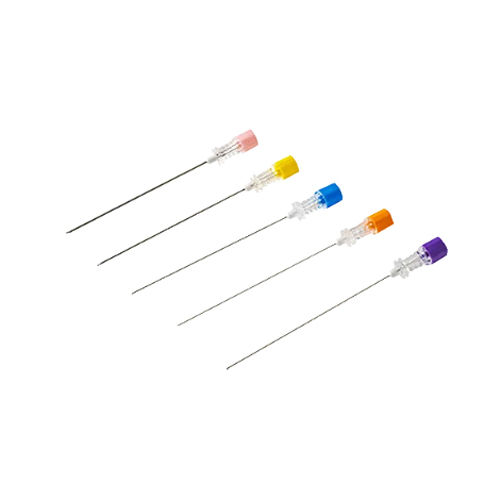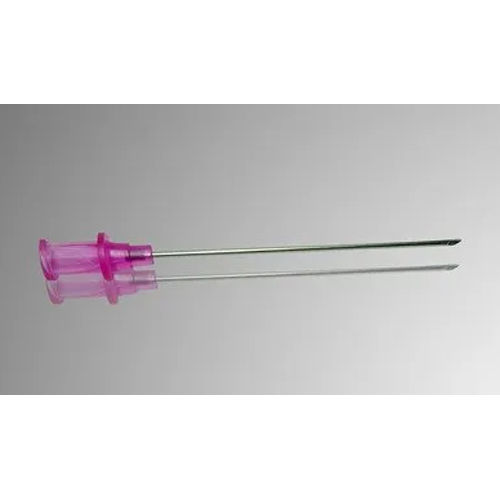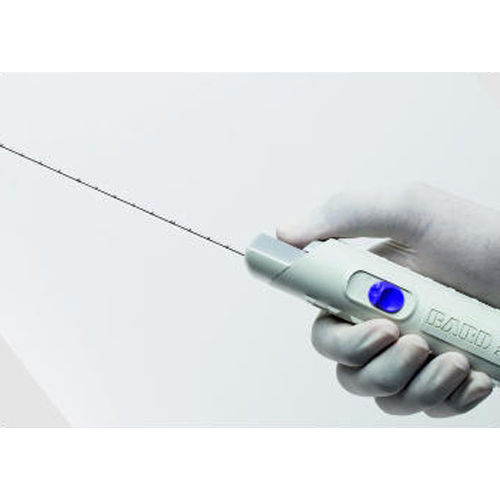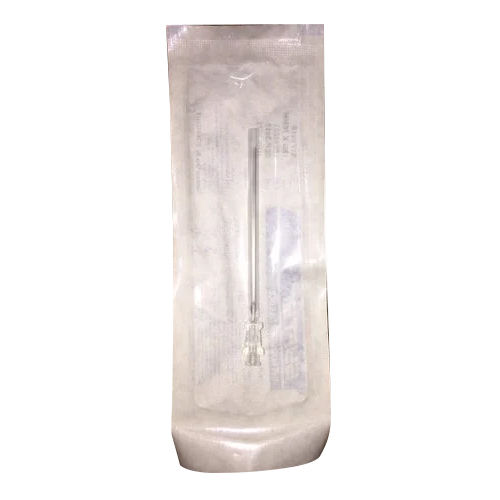PVC Av Fistula Needle
Product Details:
- Equipment Type Needle
- Needle Material Stainless Steel
- Usage Hospital
- Sterilized Yes
- Disposable Yes
- Size 15g, 16g And 17g
- Click to View more
PVC Av Fistula Needle Price And Quantity
- 16 INR/Piece
- 50 Piece
PVC Av Fistula Needle Product Specifications
- Yes
- Yes
- Needle
- 15g, 16g And 17g
- Stainless Steel
- Hospital
PVC Av Fistula Needle Trade Information
- 10000 Piece Per Week
- 4 Days
- Asia Australia Central America North America South America Eastern Europe Western Europe Middle East Africa
- All India
Product Description
During hemodialysis procedures, a PVC fistula needle is a piece of medical equipment used to get vascular access. It is made specifically to be used in patients with end-stage renal disease who need to have an arteriovenous (AV) fistula, which is a surgically made connection between an artery and a vein.
Due to its biocompatibility and flexibility, PVC, which stands for polyvinyl chloride, is a type of plastic material frequently used in medical equipment. The PVC fistula needle normally consists of a metal needle and a plastic hub.
Product details
|
Length |
30 Cm |
|
Size |
15g, 16g And 17g |
|
Material |
PVC |
|
Disposables |
Yes |
|
Packing Type |
Packet |
|
Usage/Application |
Hospital |
Frequently Asked Questions
Q: A PVC fistula needle: what is it?
A: A PVC fistula needle is a piece of medical equipment used to enter a graft or fistula made for hemodialysis. It is composed of a sharp, hollow needle linked to a plastic hub and is manufactured from polyvinyl chloride (PVC).
Q: A PVC fistula needle is used in what ways?
A: In order to establish a link between the patient's blood vessels and the dialysis machine, a PVC fistula needle is put into the fistula or graft during hemodialysis. Blood can be taken out and put back in during the dialysis process.
Q: How safe are PVC fistula needles?
A: When used properly by qualified medical experts, PVC fistula needles are regarded as safe. They are made to reduce the possibility of problems including bleeding, infection, or blood vessel damage.
Q: A PVC fistula needle can be used for how long?
A: The length of PVC fistula needle use varies depending on the patient's specific demands, the dialysis method, and the quality of the fistula or graft, among other things. The needle is typically placed at the beginning of the dialysis session and removed at the conclusion. Although the precise time can change, it is often within a few hours.
Q: How frequently must PVC fistula needles be changed?
A: Needles for PVC fistulas are typically changed after each dialysis session. This guarantees the use of a new, sterile needle for each treatment, lowering the risk of infection and preserving the best possible needle performance.







